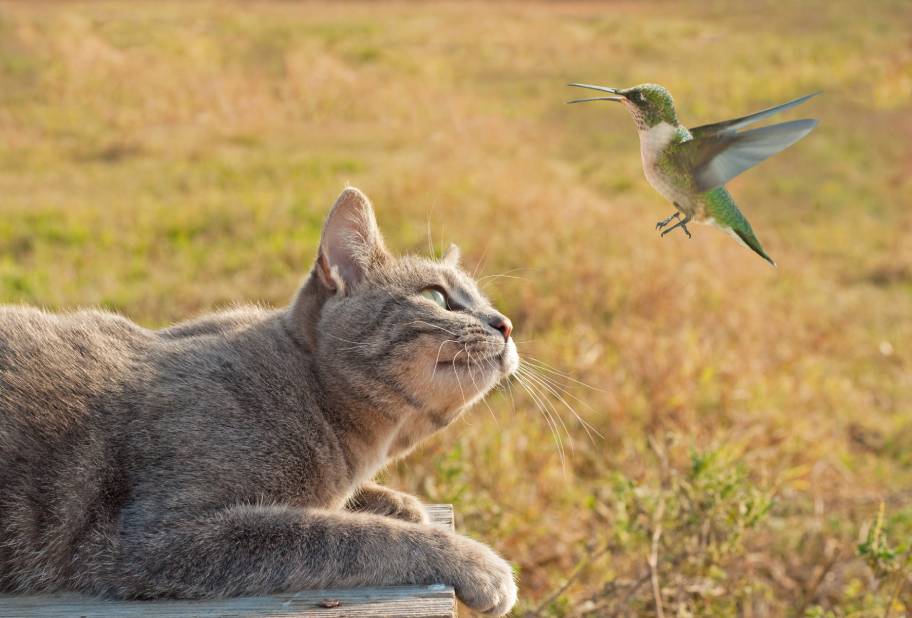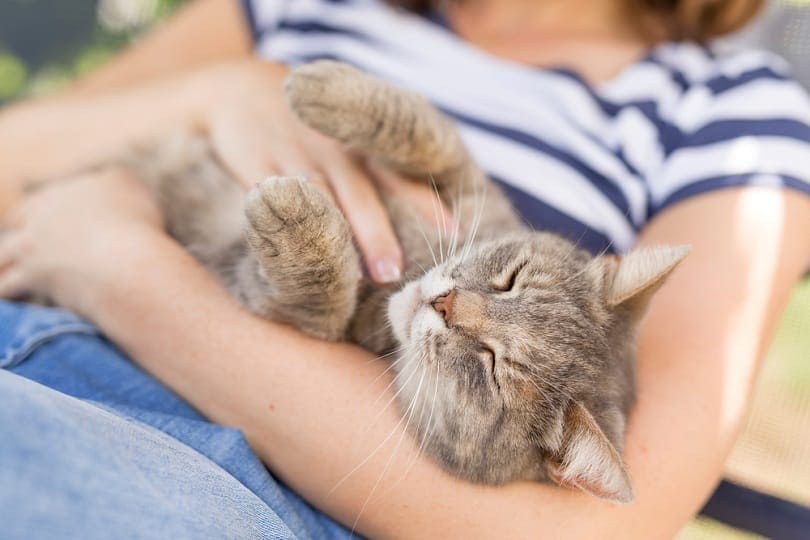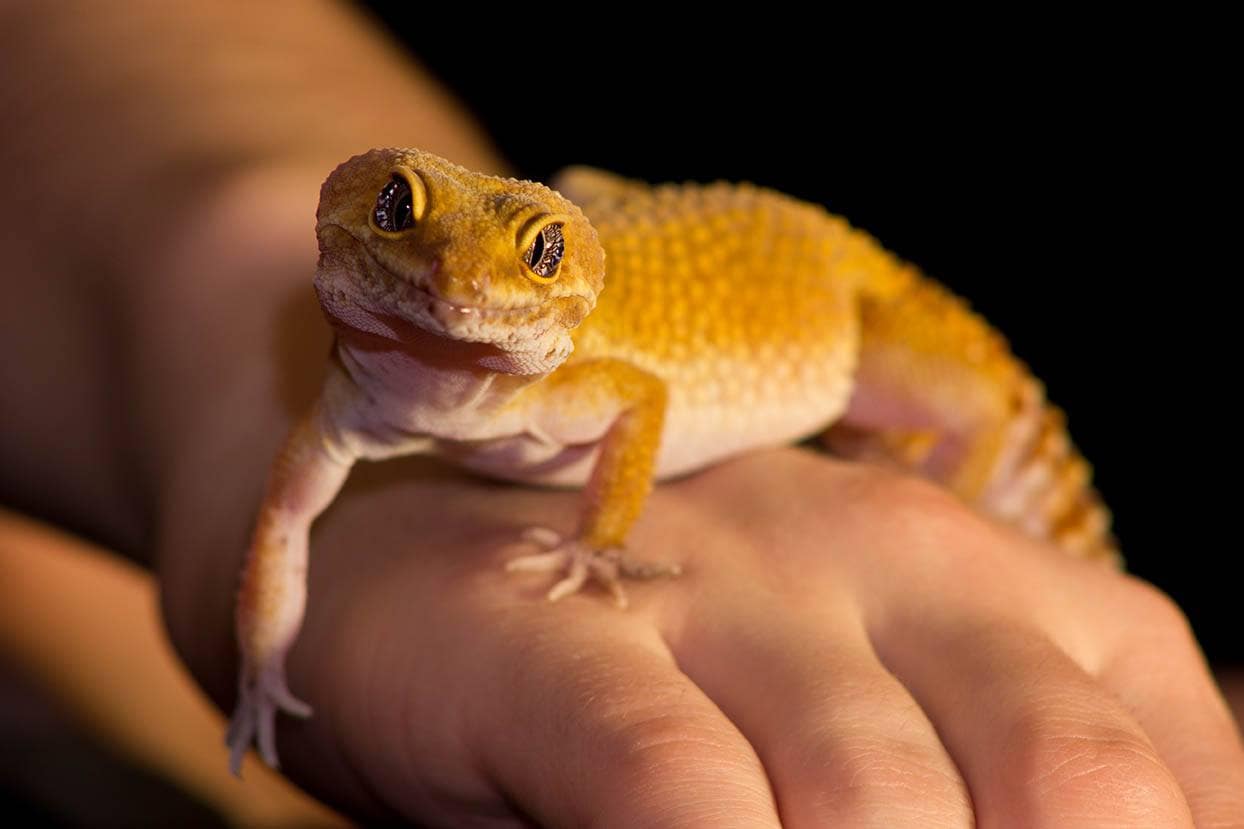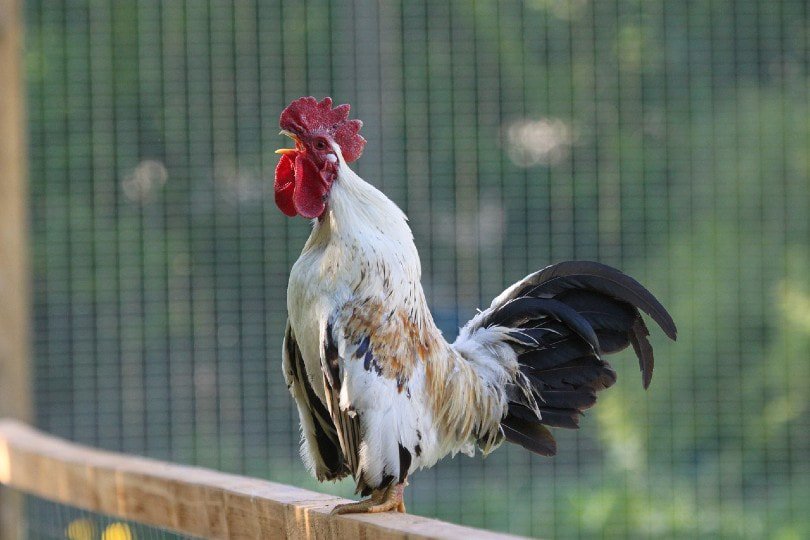VET APPROVED

The information is current and up-to-date in accordance with the latest veterinarian research.
Learn more »Click to Skip Ahead
Cats are natural hunters. Even in the safety of a home with adequate food, toys, and love, cats still want to chase birds and other small animals for the fun of it. Cats may be lovable companions, but they are also predators and have killed billions of birds and caused wildlife extinctions.
According to the American Bird Conservancy, cats are a threat to global diversity and have contributed to the extinction of 63 species of birds, mammals, and reptiles in the wild. Cats kill somewhere between 1 and 4 billion birds in the US, leading to at least 33 extinctions.
Worried about your cat contributing to these losses? Find out how to stop your cat from catching and killing birds.

Birds in the Ecosystem
As you may know, birds are vital to the health of an ecosystem. Birds contribute to fertilization, seed distribution, insect control, and pollination.
The widespread killing of birds by cats is a textbook example of an invasive species disrupting an ecosystem. About one-third of the 800 native bird species in the US are endangered, threatened, or in decline, and cats are the biggest killers of birds.
Of course, some of this is due to outdoor feral cats that kill birds for food, but we can do our part by limiting indoor, domesticated cats from killing birds in the backyard.
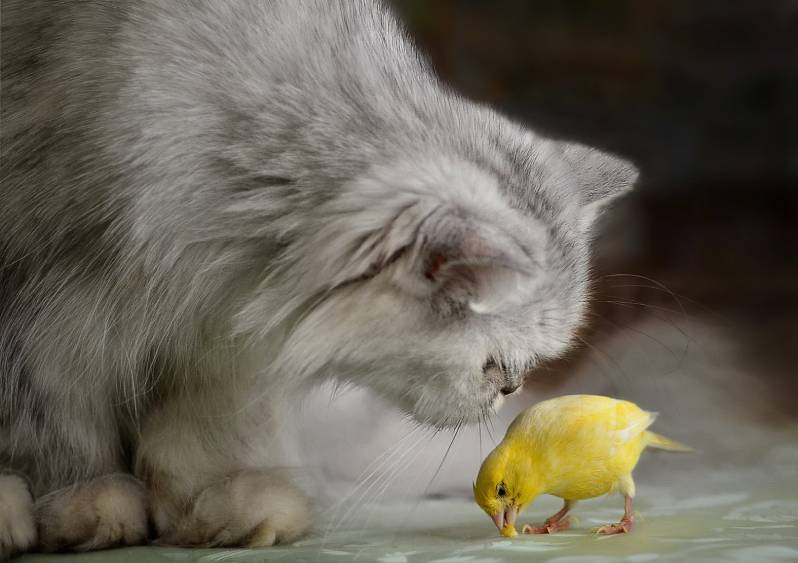

How to Stop Your Cat from Killing Birds
1. Keep Your Cat Indoors
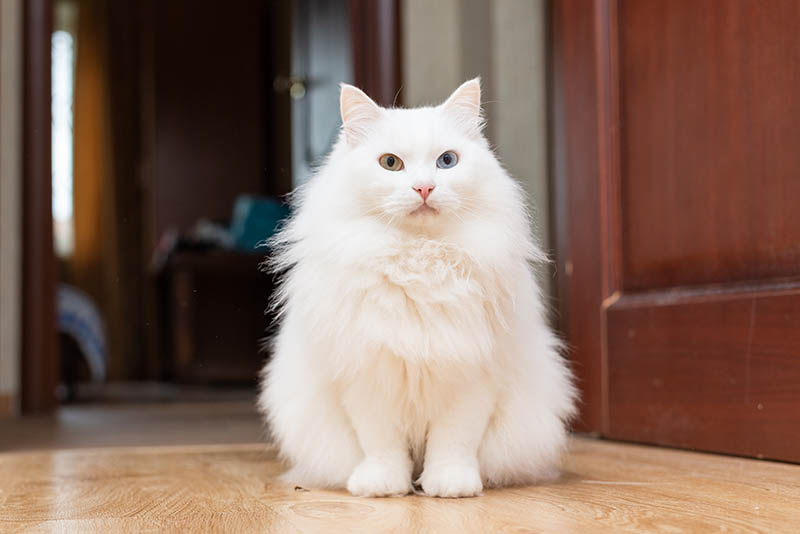
Cats that have always been indoor cats may not hunt and kill as a feral cat would. Some cats have higher prey drives or live life outdoors, so they’re more likely and more capable of killing wildlife. Even if your cat is mostly indoors, it can do a lot of damage in short periods outside. If possible, make your feral or outdoor cat a fully indoor cat to keep them from killing or injuring wildlife.
2. If You Have an Outdoor Cat, Put a Cat Collar & Bell on Them
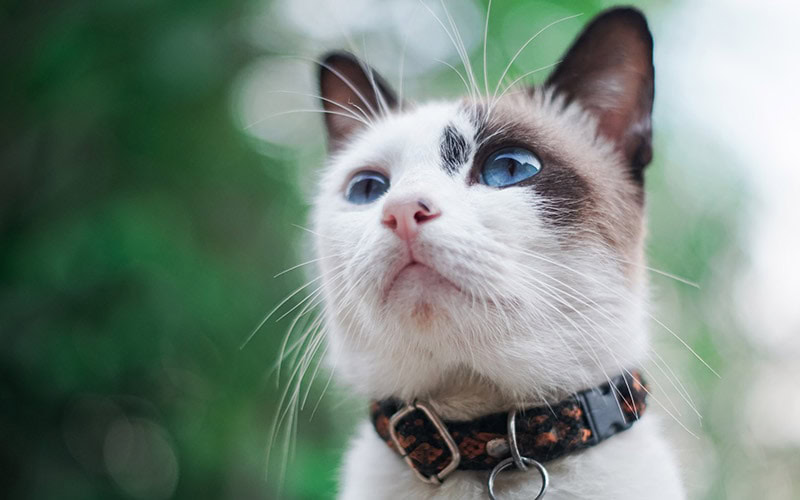
If it’s not possible to turn your outdoor cat into an indoor cat, you can take preventative measures to give birds a fighting chance. Some cat collars are designed with bright colors or sounds, such as bells, that are intended to warn nearby birds to keep their distance. While they may not stop every attack, because cats often hunt using an ambush technique, it may give some birds a warning and time to escape. If everyone put a collar on their outdoor cats, it could prevent millions of bird deaths each year.
3. Spay or Neuter Your Cat
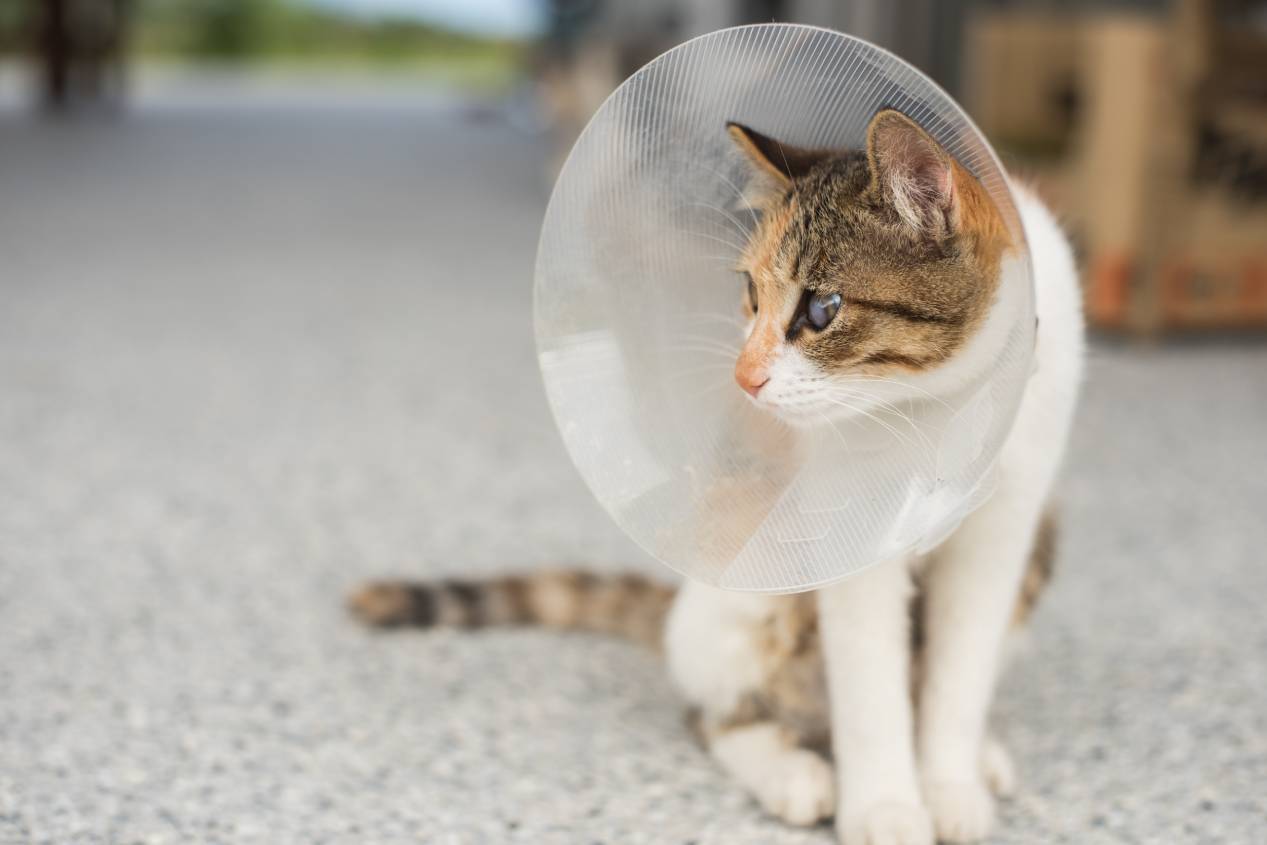
Though indirect, spaying or neutering your cats helps to keep the cat population under control. There’s no reason to leave cats intact unless you’re a registered breeder. In addition, neutering male cats has additional benefits. They’re less aggressive, less likely to fight with other cats, less likely to stray as far from home, and less likely to spray. This can help to quell your cat’s natural hunting drive.
If you’re unsure if you should spay or neuter your cat, contact a veterinarian for professional guidance and advice.
4. Build a Catio

Cats don’t just hunt birds – they’ll go after mammals like rabbits, mice, and moles. It’s estimated that cats may kill as many as 20 billion mammals in the US, which may include threatened or endangered mammals. The risk isn’t just to the wildlife, however. Cats allowed to roam outdoors may get into scuffles with feral cats or dogs. Cats may also be taken by coyotes or other predators, such as owls and hawks. The other risk is humans – cats can be a target for mischievous kids, teens, or even adults. They can be caught and used for nefarious purposes. The best way to protect your cat and their victims while still allowing them to enjoy the sunshine and fresh air is by building a catio. These provide your indoor cat with enrichment opportunities while limiting their ability to roam around and hunt any wild creature.
5. Bring Strays to a Shelter
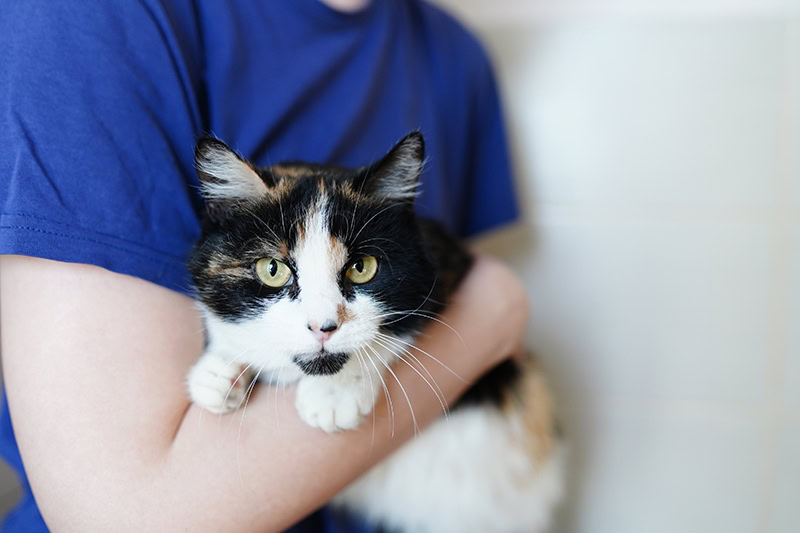
If you can’t make a local stray an indoor cat, the best thing may be to take them to a shelter or try to find a home for them. Stray cats are at risk for all the problems previously mentioned, and they’re guaranteed to hunt wildlife for food and sport. Plenty of places have no-kill cat shelters. You can remove the stray cat from your local ecosystem and protect toads, frogs, lizards, rabbits, moles, and birds from destruction by an invasive species. Does the thought of taking the cat to a shelter seem cruel? Keep in mind that a shelter gives the cat a fighting chance. On average, stray and feral cats have shorter lifespans, while a domestic, indoor cat can live up to 18 years. In addition, some stray cats were once pets and not truly feral. They’re not used to living on the streets and still need humans to care for them.

Final Thoughts
Cats are wonderful pets, but human irresponsibility has allowed cat populations to flourish to the point of them becoming an invasive species. Whether domesticated or feral, cats enjoy hunting and killing small animals, and that drive has resulted in birds and other wildlife becoming endangered or threatened. Fortunately, you can stop your cat from killing birds and wildlife with a few simple steps.
- Related Read: How Many Birds Do Cats Kill in Australia?
Featured Image Credit: Sari ONeal, Shutterstock
